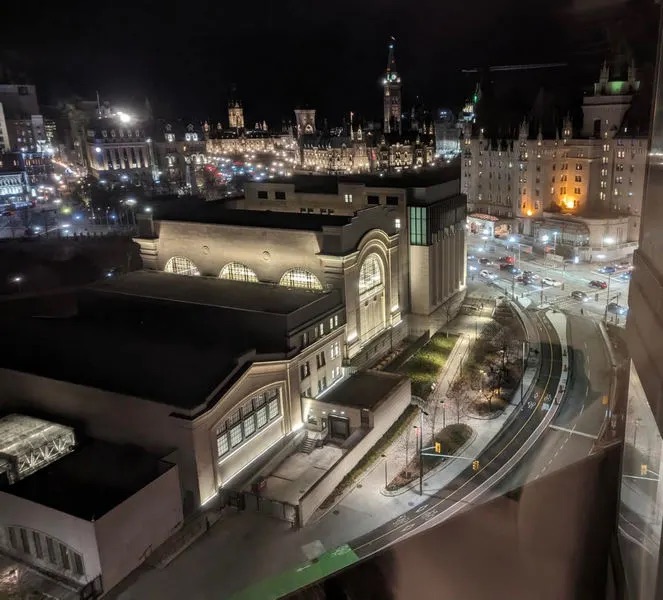As the world becomes increasingly urbanized, cities are becoming more and more crucial to our social and economic development, and mental health well-being.
Guest post by Maged Kamel.
Cities are nerve centres, acting to address the global challenges we face now and in the future.
And capitals of countries – such as Ottawa – acquire more importance, as they embody, represent, and reflect what Canada is all about. Ottawa is the face of Canada both for its inhabitants, its citizens who visit from across Canada, as well as for tourists. People all over the world look to visit cities such as Paris, London, Rome, etc, expressly because they are exciting cities, and provide their visitors with memorable experiences.
Creating memorable cities is a complex process, and requires careful and serious research, planning, and above all, vision. Getting the recipe right is crucial, as it can:
1) increase business development (through tourism, as well as business interactions between the cities’ inhabitants and local businesses); and
2) help develop healthy neighbourhoods and communities. When neighbourhoods are deemed desirable, that’s one of the main reasons people seek to go live there, and visit, time and again. That not only helps drive small business, but fosters a strong sense of community.
On too many fronts – and for far too long – the City seems to be failing to provide well thought-out and exciting neighbourhoods and informed city-building elements. And many of the problem-issues the city faces today, especially in the core downtown, can be traced to a lack of any policy or vision.
We don’t seem to give these city-building elements anywhere near the importance they warrant.
One of the main city-building elements of an urban centre – especially a capital, is in the various modes of transportation (pedestrian, bicycle, vehicular, and bus/O-train) and how people move throughout the city. And it is there we find a glaring example of failure of city policies and vision that has spanned decades, if not longer.
The fiasco of the O-train is – and continues to be – well documented, yet very little, if any, has been mentioned re the location of the main downtown O-train station. Locating it (your main station) in the basement of a shopping centre can hardly be called a memorable experience – for anyone. That, while across the street the potential option (the old train station) is staring us in the face. The experience between arriving at a grand central station, versus in the basement of a shopping centre, leaves nothing to the imagination.

Even the lengthy city deliberations on where to place the O-Train lines throughout the city is something we would all rather forget, as it was handled in the most unprofessional manner.
Creating a variety of transportation options for citizens to move through the city and their neighbourhoods – safely, and along scenic routes – is vital as it enriches the city fabric, and fosters both social and economic growth. Yet time and again, pedestrian, bicycle, vehicular, and bus lanes are placed in a hit-and-miss fashion. Mostly miss, with no serious thought given to the specific situation as well as how it fits into the overall puzzle (vision) of the capital.
And this lack of thoughtful planning increases the safety risks for all the above modes of moving through the city.
Merely addressing garbage pick-up, snow removal, etc – though important – are not enough to create vibrant neighbourhoods and memorable cities. Continuously lowering the bar through a superficial public consultation and/or trying to find consensus by choosing the lowest common denominator (i.e. pleasing everyone), is also not how memorable cities are built.
In fact one could fairly state that in the last 50 plus years, neither the City elected city-leaders nor their city councils, have had any vision with regards to Ottawa. It’s their responsibility to stop lowering the bar, and start – without any political agendas – to seriously create a City worthy of being called the capital of Canada.
Bike Ottawa focuses on safety for cyclists as part of broader efforts to create vibrant and liveable cities for all public and active transit users. It is in this context that we are sharing Maged’s thoughts as a former architect who now owns a business in Lowertown, close to the Byward Market.

